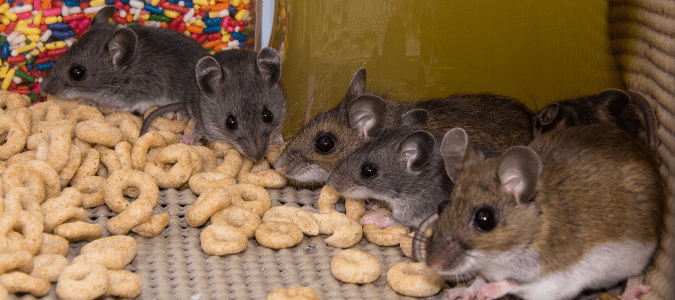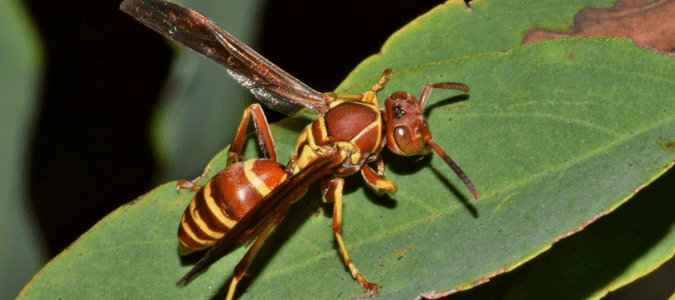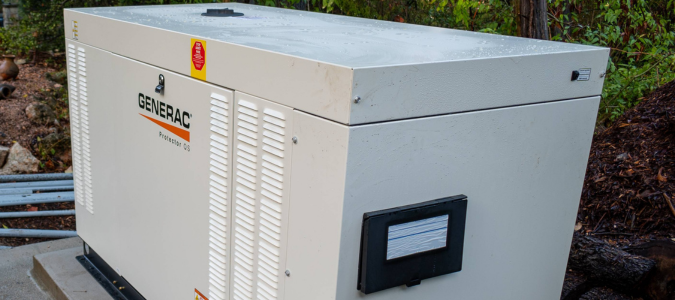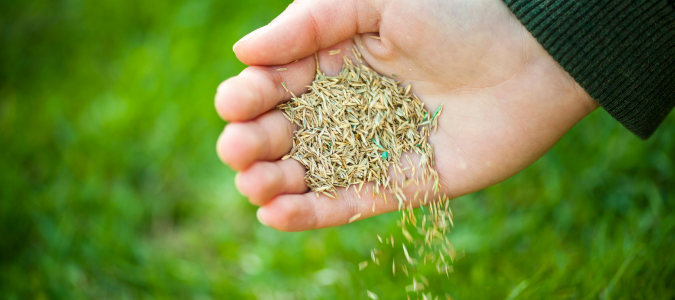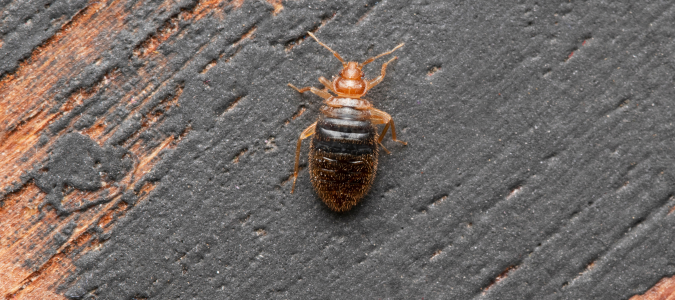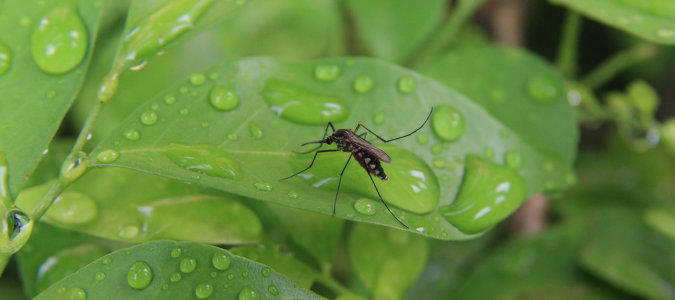Understanding the Life Cycle of a Flea
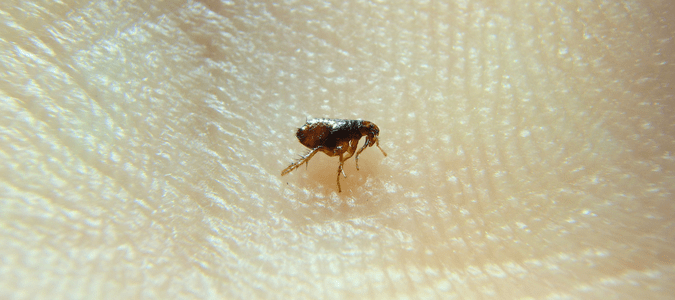
If you’re dealing with a flea infestation in your home, it’s important to approach it with the best techniques for controlling these pests. That includes controlling them throughout life cycle, not just the adult fleas.
The Homeowner’s Guide to Understanding the Life Cycle of a Flea
Fleas go through four stages during their life cycle: the egg, larva, pupa and adult stages. They are resilient pests, and each life cycle stage can create a problem for homeowners and pets.
The Egg Stage
Flea eggs are laid on hosts, such as cats or dogs. After a blood meal, adult female fleas prefer to lay their eggs in an animal’s fur where they are barely visible.
However, sometimes, female fleas will lay their eggs in the surroundings of the host instead of on the host. When that is the case, they’ll choose upholstered furniture or bedding to hide their eggs in the crevices of the fabric. They … Read Full Post »

